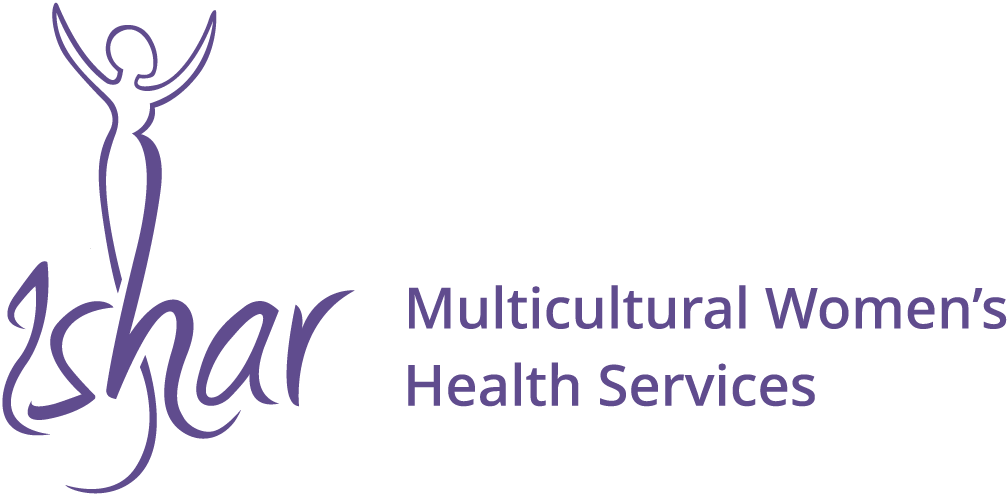Women’s Cardiovascular Disease – Let’s get to the heart of the matter
Women by nature are altruistic creatures, we put everyone and everything above ourselves even if it jeopardises our own health. It is no wonder that more women die of heart disease that breast cancer, that’s more than 20 women losing their lives every day.
Cardiovascular Disease (CVD) includes all diseases that affect the heart and blood vessels. The three most common types of CVD are Coronary Heart Disease, Stroke and Heart failure and cardiomyopathy. Cardiovascular Disease is the second leading cause of death among Australian women behind dementia. It accounts for almost one-third of all deaths among women. And although most people associate these conditions with men, the fact is, they are just as common in women with Coronary Heart Disease causing more deaths in women than men.
Risk factors for cardiovascular disease
Tobacco use
Risky alcohol consumption
Overweight and obesity
Physical inactivity
High blood pressure
Signs of heart attacks in women
To make matters worse, we don’t experience the typical crushing chest pain that men generally experience and hence it is easier for women to miss the signs. Here is how the symptoms differ:
What makes women vulnerable?
We generally don’t have the typical signs of a heart attack so we tend to ignore the signs mistaking them for something else. Making us less likely to get timely help which could mean worse outcomes for our recovery.
While fulfilling, pregnancy puts a whole lot of strain on your body and heart in particular. To support the growing baby our blood flow and volume changes putting extra pressure on our hearts. So women with pre-existing heart conditions should consult their health professional when planning on falling pregnant.
Complications in pregnancy such as preeclampsia and gestational diabetes can also put us at a higher risk of heart disease later in life
We are less likely than men to attend cardiac rehabilitation and are less likely to take our medication regularly or make lifestyle changes following a heart attack.
Prevention
Prevention is always better than cure, so it is important that we take the necessary steps to keep our hearts healthy. A good place to start is to make regular heart checks part of our schedule especially if you have pre-existing heart conditions or factors which puts you at risk.
Here are more ways to keep your health and heart at bay:
Stay physically active by doing at least 30 minutes of exercise a day or joining a class!
Eat a variety of healthy foods including fruits, vegies, whole grain carbs and foods that are low in salt, sugar and fat.
Substitute proceeded foods which are full of saturated and trans fats with healthier alternatives like avocados, nuts and fish.
Limit the amount of alcohol and high sugar drinks and make sure you drink plenty of water.
Achieve and maintain a healthy weight
Look after your mental health. There is an increased risk of heart disease for people with depression or are socially isolated. It is important that women maintain a good social support system and find ways to reduce social isolation.
Be smoke free. Quitting smoking is one of the best ways of reducing the risk of heart disease.
Ishar Multicultural Women’s Health Services
P: (08) 9345 5335
W: www.ishar.org.au
E: info@ishar.org.au
M: 61 Sudbury Road, Mirrabooka WA 6061
Resources
1.Jean Hailes for Women’s Health. About Cardiovascular Disease. Available from: https://jeanhailes.org.au/health-a-z/cardiovascular-health/about-cardiovascular-disease
2.Heart Foundation. Heart conditions in Women. Available from: https://www.heartfoundation.org.au/your-heart/women-and-heart-disease/heart-conditions-in-women
3.Australian Institute of Health and Welfare, Australian Government. Cardiovascular Disease in Australian Women- Snapshot of National Statistics. Available from: https://www.aihw.gov.au/getmedia/a09eedb7-2a0d-43c1-a511-e424fca70635/aihw-cdk-10.pdf.aspx?inline=true


